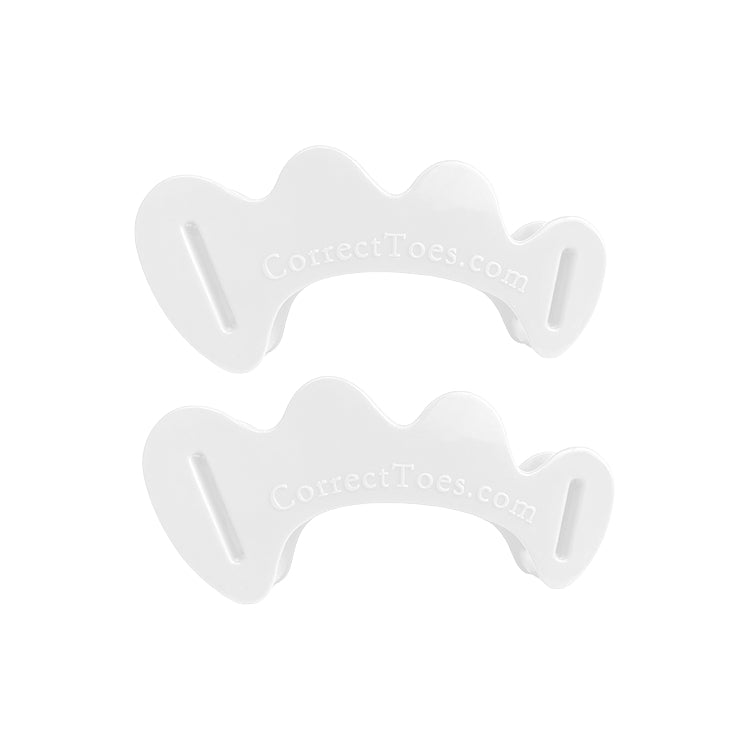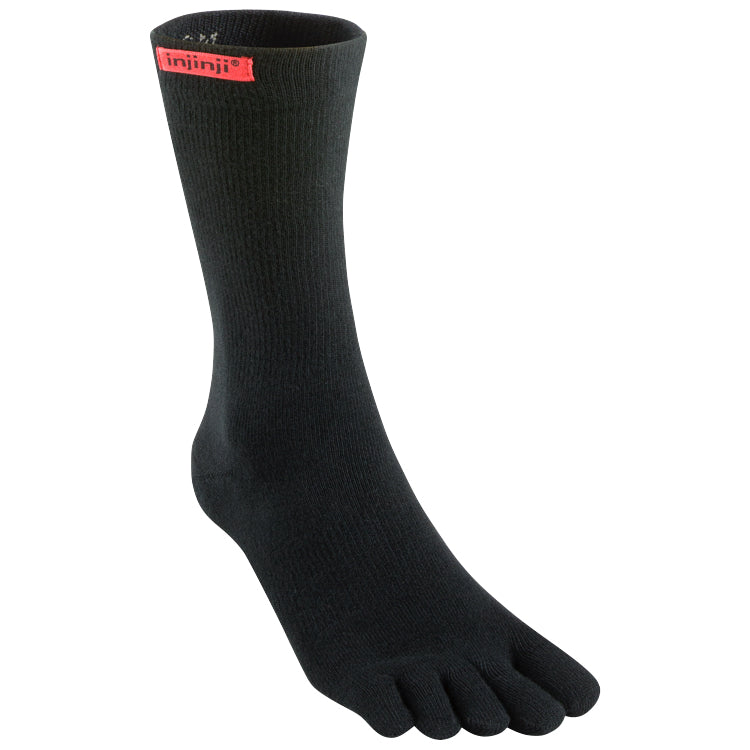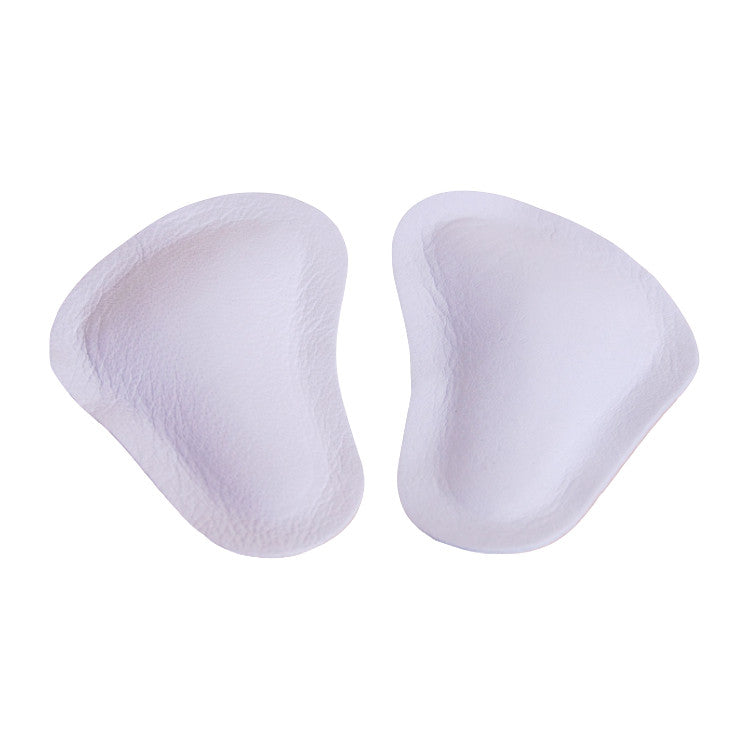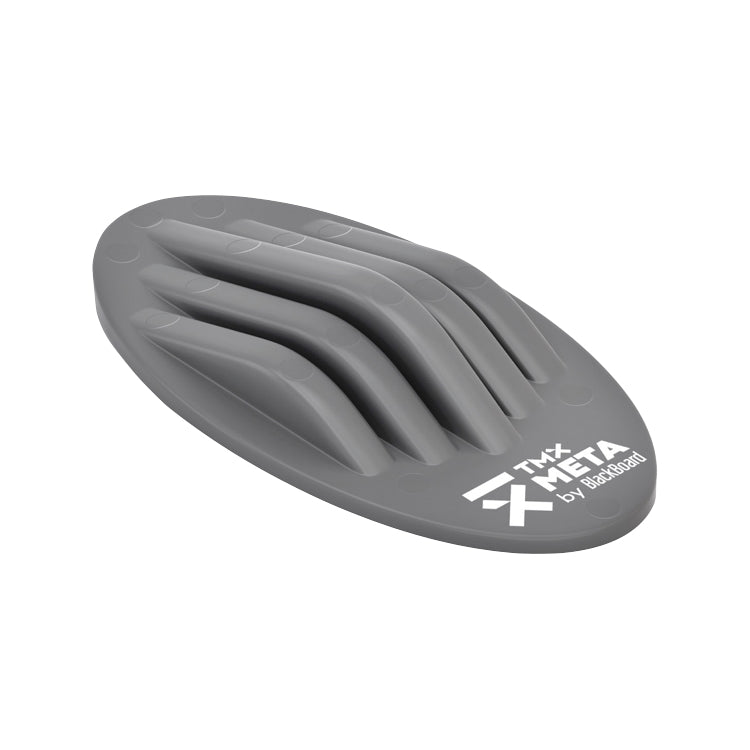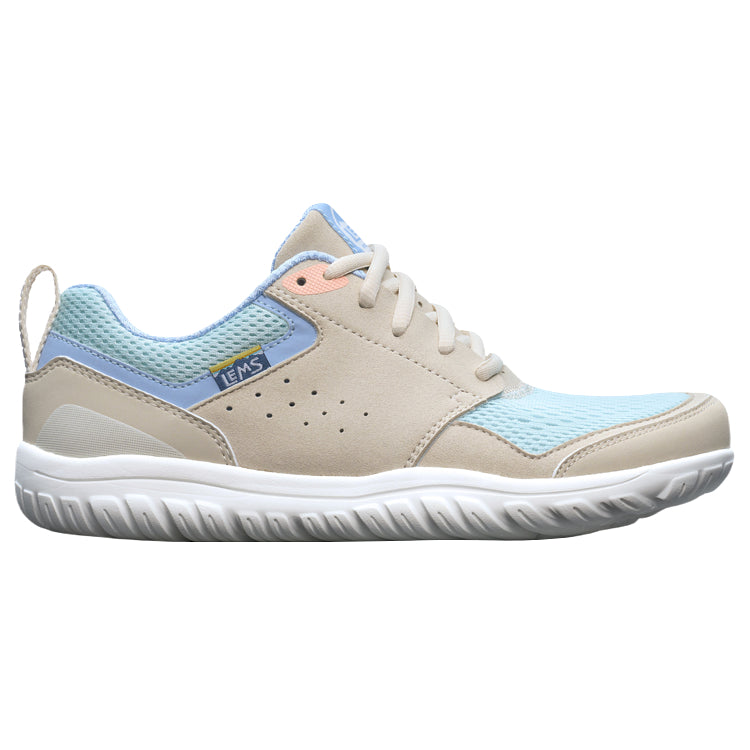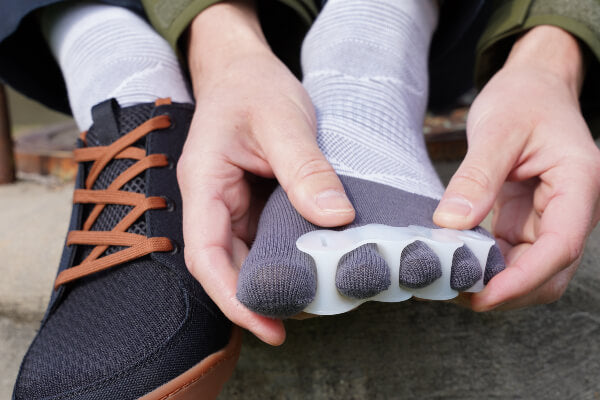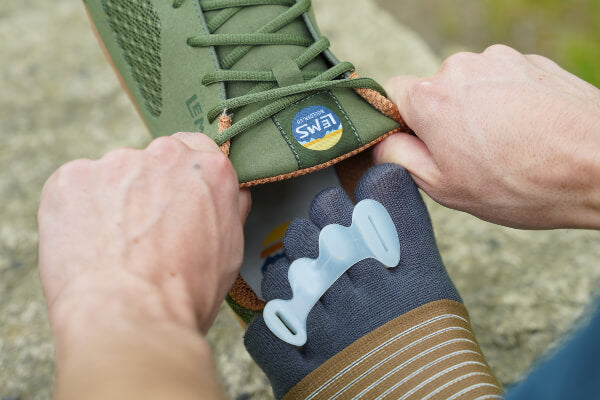
First, we’re truly sorry to hear that you're experiencing discomfort from Morton's neuromas in both of your feet, especially at 84 years old. It's wonderful that you're actively seeking ways to alleviate your symptoms and improve your quality of life, though. While we’re not able to comment on your specific case without the benefit of a full health history interview and physical examination, we can offer some general suggestions on natural and non-invasive approaches to neuromas that we’ve found to be helpful for others in the past.
By way of background, a neuroma is an often painful enlargement of one of the body’s nerves. Though neuromas can develop in any part of the body, they most commonly occur in the foot, usually in one of the intermetatarsal nerves (i.e., the nerves that run between the metatarsal bones). Morton’s neuromas, specifically, are neuromas that develop between the third and fourth metatarsal bones—the most frequent location for neuroma formation in the foot. This problem is caused by the long-term use of footwear that, through its injurious design, both stretches and pinches the affected nerve.
Here are some non-surgical strategies and therapies that have, in our experience, helped address Morton’s neuromas (in people of all ages):
-
Foot-Healthy Footwear: Choosing the right footwear is crucial. Look for men’s or women's shoes that provide adequate space for your toes and have a sufficiently wide toe box to enable optimal toe splay. Avoid heeled footwear and shoes with toe spring, favoring footwear that has a completely flat and flexible sole instead. We have found that shoes designed to promote natural foot function work best in reducing neuroma-related symptoms and, ultimately, in correcting the problem (and preventing future recurrences).
-
Correct Toes & Other Helpful Footgear: Correct Toes toe spacers are an extremely helpful foot health tool for eliminating the pinch forces that contribute to Morton’s neuromas. A metatarsal pad is another helpful tool for relieving (or reducing) Morton’s neuroma symptoms. A metatarsal pad will help spread the metatarsal bones and reduce focal pressure on the affected intermetatarsal nerve as it travels through the ball of the foot. Injinji toe socks can also play a helpful supporting role in the natural approach to healing a Morton’s neuroma.
-
Physical Therapy & Home-Care Exercises: A physical therapist can guide you through exercises and stretches designed to improve the strength and flexibility of your feet, potentially reducing neuroma-related pain. Gentle foot exercises, such as toe spreading (i.e., actively splaying your toes and/or slotting your fingers between your toes—aka interdigitating), mobilization of the metatarsal bones, and the Toe Extensor Stretch, are all simple things that you can do on your own to help improve foot function and address neuromas. A variety of foot training tools can also be helpful in this regard. We’ve found that BlackBoard training products, in particular, can be used to help reduce discomfort and restore balance in the foot.
-
Massage Therapy: Massage therapy is another natural approach that can stimulate blood flow to the foot and improve the ability of the affected nerve to function properly. It will also break up adhesions and knots in the connective tissue of the foot. While self-massage can yield benefits and progress in many cases, it’s often best to work with a licensed professional who is experienced in treating neuromas and other foot problems. If the massage is performed incorrectly, it may further aggravate the nerve and be counterproductive.
-
Anti-Inflammatory Measures & Supplements: Some people find relief with anti-inflammatory treatments like turmeric supplements or topical arnica creams. Turmeric, which is commonly used in Ayurvedic medicine, possesses antioxidant and neuroprotective properties and is helpful in reducing inflammation. Arnica, which has been used for hundreds of years to help reduce inflammation, can be applied to the skin as a cream, ointment, liniment, or salve. Alpha-lipoic acid (ALA) is another natural agent that may be helpful in reducing nerve-related pain or discomfort. We recommend consulting your healthcare provider before starting any new supplements or treatments.
-
Professional Consultation: Ultimately, it's important to consult a foot care professional who can provide you with a personalized treatment plan tailored to your specific needs. This could be a chiropractor, naturopath, physical therapist, or naturally minded podiatrist. In some cases, conventional treatment, such as corticosteroid injections or more potent oral anti-inflammatory medications, may be warranted—it all depends on the unique circumstances surrounding your particular case.
It’s also important to keep in mind that what works for one person may not work for another, and that it may take some time (and testing) to find the combination of approaches that work best for you. Always seek advice from a foot care professional to ensure your chosen therapies align with your individual needs and health history. And to learn more about natural approaches to neuromas, we recommend that you check out this post from our blog.

WANT TO IMPROVE YOUR FOOT HEALTH?
Let the team at Natural Footgear help you! Subscribe to our newsletter for the latest offers and helpful info, and sign up for our FREE email courses on various topics and foot health conditions.
Sign Up →
Want to Improve Your Foot Health?
We are here to help you every step of the way. Get our newsletter for the latest offers and helpful info, and sign up for our FREE email courses on various topics and conditions, including bunions, hammertoes, neuromas, plantar fasciosis, shin splints, ingrown toenails, and more.
Sign Up →
 Through our work at Natural Footgear, we frequently come into contact with older individuals who are wondering about this very question. In most cases, these folks have worn conventional footwear for many decades and are now dealing with deep-seated foot issues, including toe stiffness and misalignment, among other problems, that are challenging to resolve. Many of these people have tried conventional foot care approaches and found that they were unhelpful...
Read more
Through our work at Natural Footgear, we frequently come into contact with older individuals who are wondering about this very question. In most cases, these folks have worn conventional footwear for many decades and are now dealing with deep-seated foot issues, including toe stiffness and misalignment, among other problems, that are challenging to resolve. Many of these people have tried conventional foot care approaches and found that they were unhelpful...
Read more



